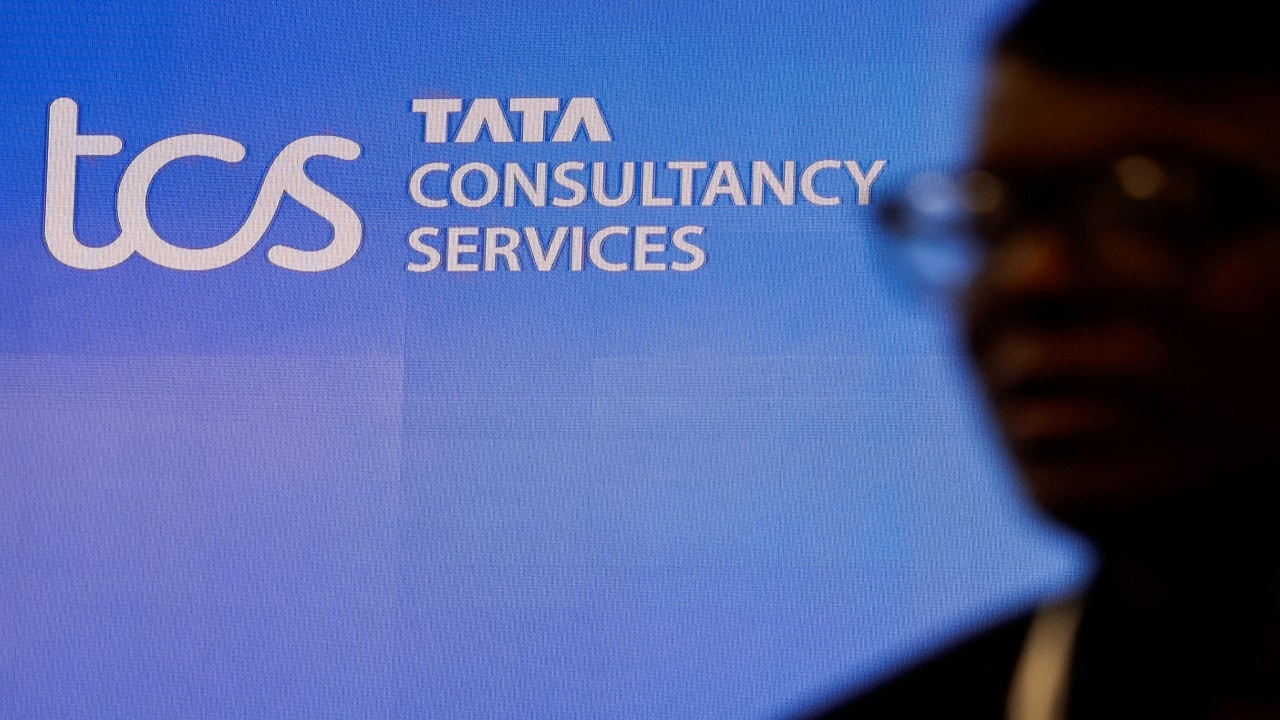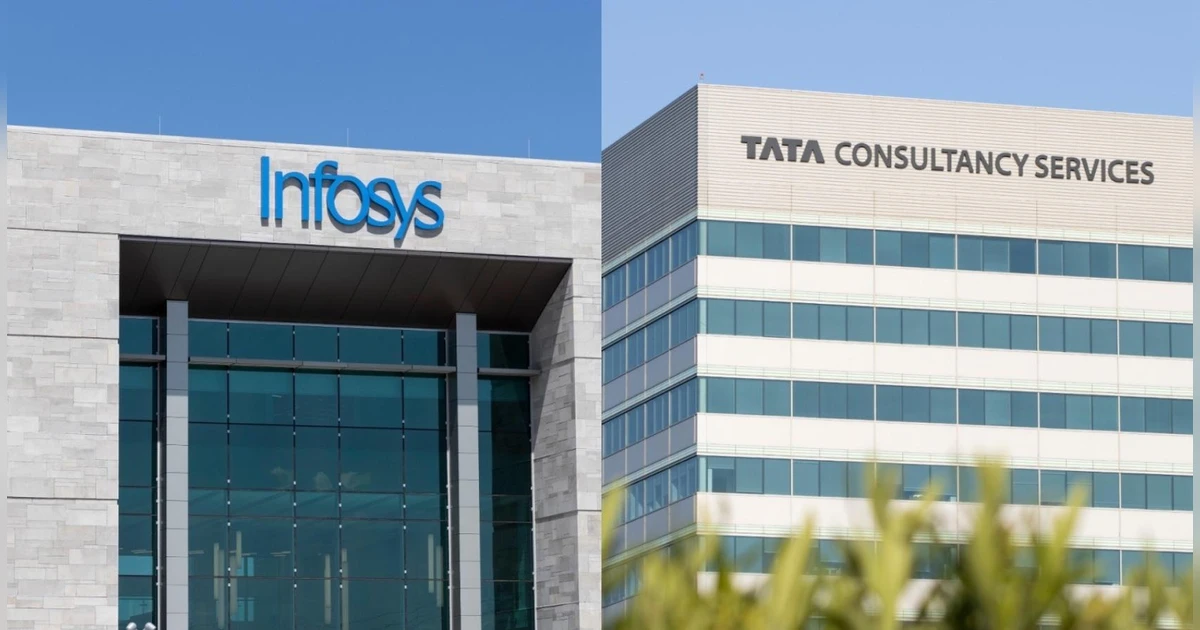- Arvind's Newsletter
- Posts
- Arvind's Newsletter
Arvind's Newsletter
Isssue No. #1150
1.TCS to cut 2% of workforce, affecting 12,000 employees amid skill gap and tech shift: Moneycontrol
The layoffs will largely impact middle and senior management across geographies. TCS told Moneycontrol that skill mismatches and ineffective redeployments as the reason for the cuts. The move is expected affect employees across all domains and countries it has offices in.
Major Indian IT companies are reducing jobs or slowing hiring — even though their revenues are stable or increasing. In recent months, Tata Consultancy Services (TCS) announced a cut of about 2 per cent of its workforce, while Infosys has drastically slowed down fresher onboarding. Wipro is also trimming roles in a targeted manner. These trends point not to financial distress, but to a deeper change in strategy, as companies future-proof their workforce and delivery models.
Despite these cuts, revenue growth has remained positive, albeit subdued. In Q1 FY26 (April-June 2025), TCS reported a 1.3 per cent rise in revenue to ₹63,437 crore, with net profit up by 5.9 per cent. Infosys saw 7.5 per cent revenue growth to ₹42,279 crore, while HCLTech outperformed peers with an 8.1 per cent increase.
TCS, Infosys, Wipro, and HCLTech have all reported modest year-on-year revenue growth in the latest quarter. However, these numbers have come along with shrinking or flat employee bases.
2.India's industrial production rises 1.5% in June, at slowest pace in 10 months: Mint
India’s industrial production grew 1.5% annually in June, marking its slowest pace in 10 months, as mining and electricity output slipped into contraction, data released by the ministry of statistics and programme implementation (MoSPI) on Monday showed.
The muted uptick stands in stark contrast to the 4.9% expansion recorded in June last year, highlighting persistent strains across core sectors of the economy.
3.Low pay, poor work culture: Why women in blue- and grey-collar jobs are struggling: Mint
Across India’s factories, kitchens, warehouses, service counters and construction sites, nearly 3.9 million women form a vital part of the blue-and-grey-collar workforce. Yet, their participation remains fragile and often short-lived, despite their growing numbers.
The State of Women in the Blue-Grey Collar Workforce 2025 report, released by the Udaiti Foundation and Quess Corp Ltd, shows that 52% of women in the blue and grey workforce intend to stay in their jobs for less than a year. The findings are from a survey of 10,620 current and 1,575 former women workers employed through Quess Corp and highlight several challenges faced by the women employed in the blue/grey collar workforce. The report assumes significance given Quess’ massive workforce—nearly half a million across eight nations—many of whom are deployed in blue- and grey-collar jobs across sectors, including retail, manufacturing and IT.
The report, using the Periodic Labour Force Survey data, showed that the total number of women in blue/grey collar jobs has doubled in the last four years—from 1.94 million in 2020–21 to 3.88 million in 2023–24— their share in the workforce has increased only marginally, from 16% to 19%. While this may still seem like progress, there is a complex reality that women face in the workforce: the lack of a proper environment to build a sustainable career.
4.America Is Slipping Behind India’s Clean Power Boom: David Fickling in Bloomberg
India may power ahead of the US in clean energy additions this year, writes David Fickling. The country connected enough wind and solar in the first half to power, at full output, nearly a tenth of its grid. That pace also puts New Delhi on course to hit a 2030 target that once seemed implausible.
“Once upon a time, the US was the sole clean energy superpower. Until 2011, it led the world in connecting wind and solar generators to the grid. Then China took over, to a point where its lead now looks unassailable: The People’s Republic added eight times more renewables than the US last year. This year, India is likely to overtake too.
The country connected 22 gigawatts of wind and solar in the first half — a dramatic recovery from a troubling slowdown in 2022 and 2023, and enough at full output to power nearly one-tenth of the grid. Assuming this is maintained through December, that should put India ahead of the 40 GW that the US government expects this year.”
5.Chandrababu Naidu aims to build India’s Quantum Valley: Financial Times
“One of India’s most powerful regional leaders is leveraging his status as a vital supporter of Prime Minister Narendra Modi to develop a quantum computing hub in Andhra Pradesh that he says will rival India’s biggest tech centres.
N Chandrababu Naidu, the chief minister of the southern state, said “Quantum Valley”, as he called it, would be “even better” than the tech cluster he is credited with creating in Hyderabad in the 1990s.
Naidu’s influence has soared since elections last year, when his Telugu Desam party won back control of Andhra Pradesh, as well as 16 seats in the national parliament in New Delhi that have proven pivotal for Modi after his Bharatiya Janata party lost its outright majority.
That has catapulted Naidu’s faction to a position of national prominence, and won New Delhi’s support for his effort to transform Andhra Pradesh from a relative industrial backwater into a high-tech hub.
As part of that effort, the central government has facilitated financing from the World Bank and Asian Development Bank for the construction of a new state capital at Amaravati, a pet project of Naidu’s.
Naidu is seeking to build a tech park where developers and scientists can harness the nascent power of quantum computing for applications ranging from research to energy optimisation and manufacturing.
IBM, India’s Tata Consultancy Services and Larsen & Toubro are anchor investors for Quantum Valley, where the US tech group is in discussions to build what it hopes would be India’s most powerful quantum computer.
Read on -Gift article
6.US and EU reach tariff agreement to avert trade war: Financial Times
The US will tax European goods, including automobiles, at a rate of 15%, while US exports to the bloc won’t face any duties, Trump said. The deal comes after he met with European Commission President Ursula von der Leyen in Scotland ahead of Washington’s Aug. 1 deadline for a deal, and a day before US-China trade talks in Stockholm.
The EU pact, the most consequential trade agreement Trump has struck so far, signals to other US trading partners that 15% is the new baseline duty — which is not a level “where the global economy burns down,” one analyst said.
Also according to Financial Times, Trump freezes technology export controls to secure trade deal with China.
The US has frozen restrictions on technology exports to China to avoid hurting trade talks with Beijing and help President Donald Trump secure a meeting with President Xi Jinping this year, according to people familiar with the matter.
The commerce department’s Bureau of Industry and Security, which runs export controls, has been told in recent months to avoid tough moves on China, according to eight people, including current and former US officials.
US and Chinese officials will meet in Stockholm on Monday for a third round of trade talks following previous meetings in Geneva and London.
7.Heat wave continues to rage: North America, the Middle East, and Europe are sweltering under dangerous heat: BBC and others
Wildfires are raging in Greece and Turkey, and the latter saw its highest ever temperature, 50.5°C (122.9°F) the BBC reported.
Iran saw even higher readings last week, forcing banks and businesses in the capital to shut down because the power infrastructure, damaged by recent Israeli attacks, could not cope.
A heat dome over the eastern US, meanwhile, is expected to put 150 million people — nearly half the country’s population — at risk of heat effects today, and the US may see record-breaking temperatures in the middle of the week, Scientific American reported.
8. A new kind of aerogel could help make saltwater drinkable: ARS TECNICA
And, unlike previous aerogels, it works on a scale large enough to matter.
Desalination of seawater is a possible solution, and one approach involves porous materials absorbing water that evaporates when heated by solar energy. The problem with most existing solar-powered evaporators is that they are difficult to scale up for larger populations. Performance decreases with size, because less water vapor can escape from materials with tiny pores and thick boundaries—but there is a way to overcome this.
Researcher Xi Shen of the Hong Kong Polytechnic University wanted to figure out a way to improve these types of systems. He and his team have now created an aerogel that is far more efficient at turning over fresh water than previous methods of desalination.
“The key factors determining the evaporation performance of porous evaporators include heat localisation, water transport, and vapor transport,” Shen said in a study recently published in ACS Energy Letters. “Significant advancements have been made in the structural design of evaporators to realise highly efficient thermal localisation and water transport.”
9.Why armies are using laser weapons to zap things out of the sky: The Economist
They are good drone killers.
“ARMIES HAVE dreamt of firing laser weapons for a long time. A lab funded by America’s Defence Department demonstrated one in 1960. But decades of development failed to produce a practical weapon, and the ambition waned. Now it is back. Last year America reportedly used a high-energy laser (HEL) to down drones aimed at its forces in the Middle East. Israel and Russia have both recently used HELs to foil drone attacks. Ukraine may soon do the same. Why are laser weapons suddenly useful? And what role could they play in future wars?
The Martians had a heat ray that could destroy the Royal Navy’s battleships, but that was in “The War of the Worlds”, a 19th-century work of science fiction. HELs are not high-energy enough for that. To seriously damage a warship or tank would require megawatts of power—a noticeable proportion of the output of a conventional power plant. HELs produce kilowatts, ie, thousandths of a megawatt. Even aircraft can survive bombardment by HELs.
For a while missiles looked like potential prey. They have thin skins and are packed with fuel and explosives. Merely damaging the shell of a supersonic missile can create drag, causing it to tumble out of control. And, no matter how fast the missile, laser beams, which travel at the speed of light, can catch up to it.
President John F. Kennedy gave a laser-missile-defence project the highest national-security priority after the Cuban missile crisis in 1962. But missiles turned out to be difficult targets. They’re not as fast as lasers, yet they are still hard to intercept. In 1973 a laser downed an aerial target at White Sands Missile Range in New Mexico, but it was something a little slower than a missile, perhaps a small radio-controlled aircraft.
The advent of the small drone as a weapon in the 2010s has given lasers a target they can handle. The Russian and Ukrainian armed forces have launched attack drones, as have the Houthi militia in Yemen. They are becoming ubiquitous in war. Conventional air defences can shoot them down, but many of the missiles these systems fire cost millions of dollars and are in short supply. Lasers, on the other hand, cost just a few dollars per shot and their ammunition is limited only by their power supply. Advocates say they’re the ideal drone killers.
America fielded a laser system in the Persian Gulf in as early as 2014, to destroy small boats and other “asymmetric threats”, but did not use it. It probably first fired one in battle last year. A 20-kilowatt LOCUST system, the size of a small garden shed and weighing some 1,500kg, reportedly downed drones launched at a military base in the Middle East, probably by an Iran-backed militia. This year Israel released video of its lasers shooting down drones fired by Hizbullah, a Lebanon-based militia. The Israel Defence Forces claim that they have taken out “dozens” of drones. Analysts believe that Israel is using the Keren Or (Lite Beam) system made by Rafael, an Israeli firm. It’s a ten-kilowatt little brother to the 50-kilowatt Iron Beam system, which is being developed to supplement the conventional Iron Dome anti-missile system.
Meanwhile, Russia has released a video purporting to show an HEL engaging a Ukrainian drone. The weapon looks identical to a Chinese-made Shen Nung, with an output of more than 30 kilowatts. Ukraine has also released footage of its 50-kilowatt Trident laser destroying drones in tests. Its commanders are eager to field Trident to defend against nightly waves of Iranian-designed Shahed drones fired from Russia.
Though trendy, HELs have drawbacks. Even though one blast is cheap, installing a system is not. The British Royal Navy’s Dragonfire HELs will cost £100m ($135m) apiece. Today’s lasers have relatively short ranges (of up to a few miles) and can be hampered by smoke, dust, haze or fog. In theory they can be carried around by planes or Jeeps, but get the power they need more easily from ships or on the ground. Lasers also have competition in the form of old-fashioned anti-aircraft guns, which are relatively cheap and can take on lots of targets. Attack drones are here to stay. The question is whether beams or bullets will blast them.
10.An Indian studio alters 2013 hit movie with an AI generated new ending : Variety
A dispute between Eros International and filmmaker Aanand L. Rai over the studio’s AI-altered re-release of the Tamil-language version of 2013 commercial hit “Raanjhanaa” has intensified, with both sides offering competing narratives about creative rights, corporate governance and the role of artificial intelligence in filmmaking.











